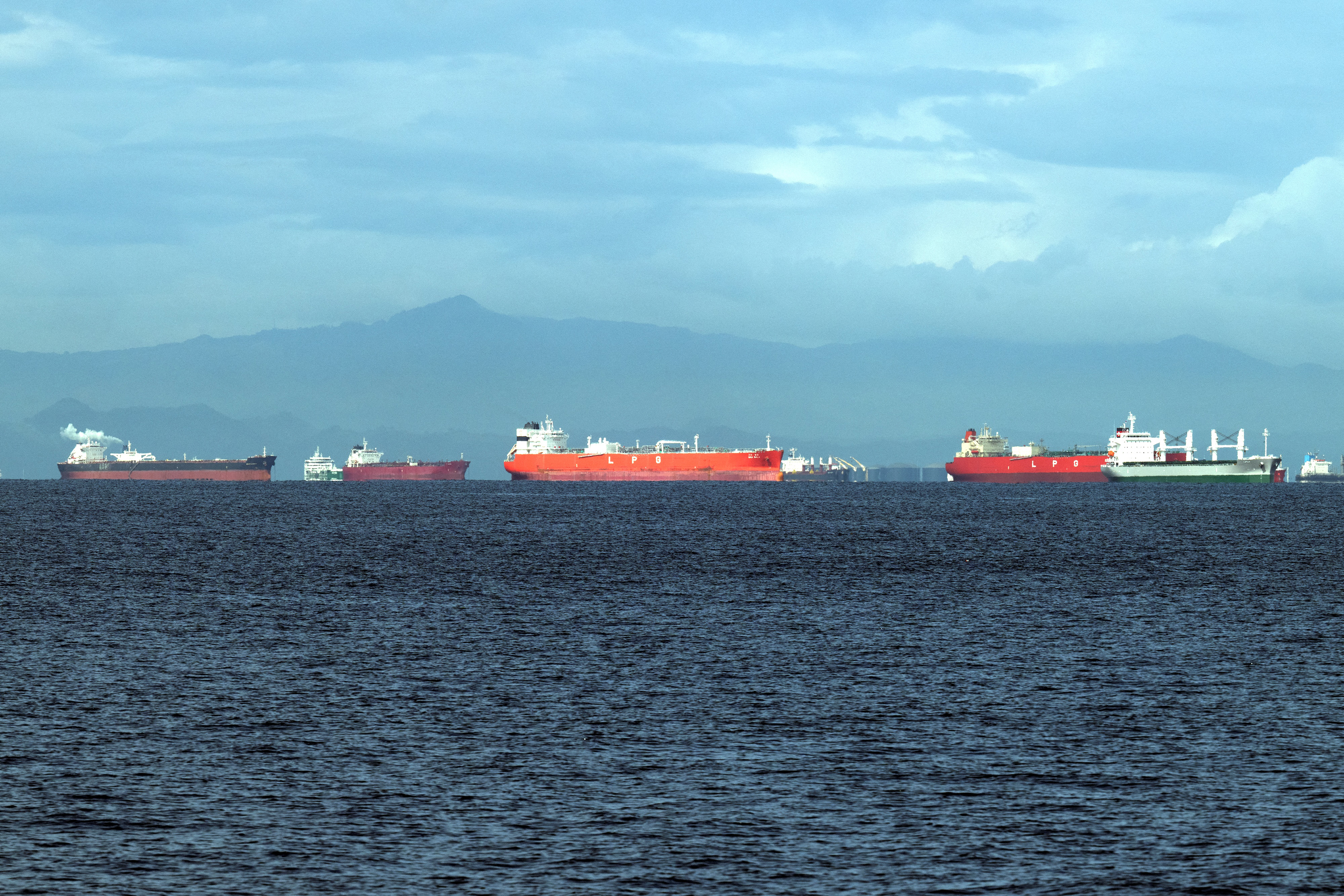

Unlike containerships operating on fixed schedules tramp vessels will eschew transiting the waterway.
The stark reduction in slots will push many of the tramp vessels (including tankers and dry cargo ships) away from the Canal. This will lead to more ton mile demand and possibly changes in segment utilization as longer hauls may stimulate the use of larger vessels.

Air China will operate daily flights between Budapest and Beijing from next spring instead of the current four weekly services, making the Hungarian capital the fourth city in the European Union to have a daily direct air connection with the Chinese capital, Minister of Foreign Affairs and Trade Péter Szijjártó announced on Sunday in Budapest.

President Kassym-Jomart Tokayev and President of Iran Masoud Pezeshkian took part in the Kazakhstan–Iran Business Forum in Astana on Dec. 11, reaffirming the growing economic and strategic partnership between the two countries.

Türkiye ensures and guarantees the route of Russian energy carriers to Hungary, the Hungarian prime minister declared on Monday in Istanbul at a joint press conference with President Recep Tayyip Erdoğan.